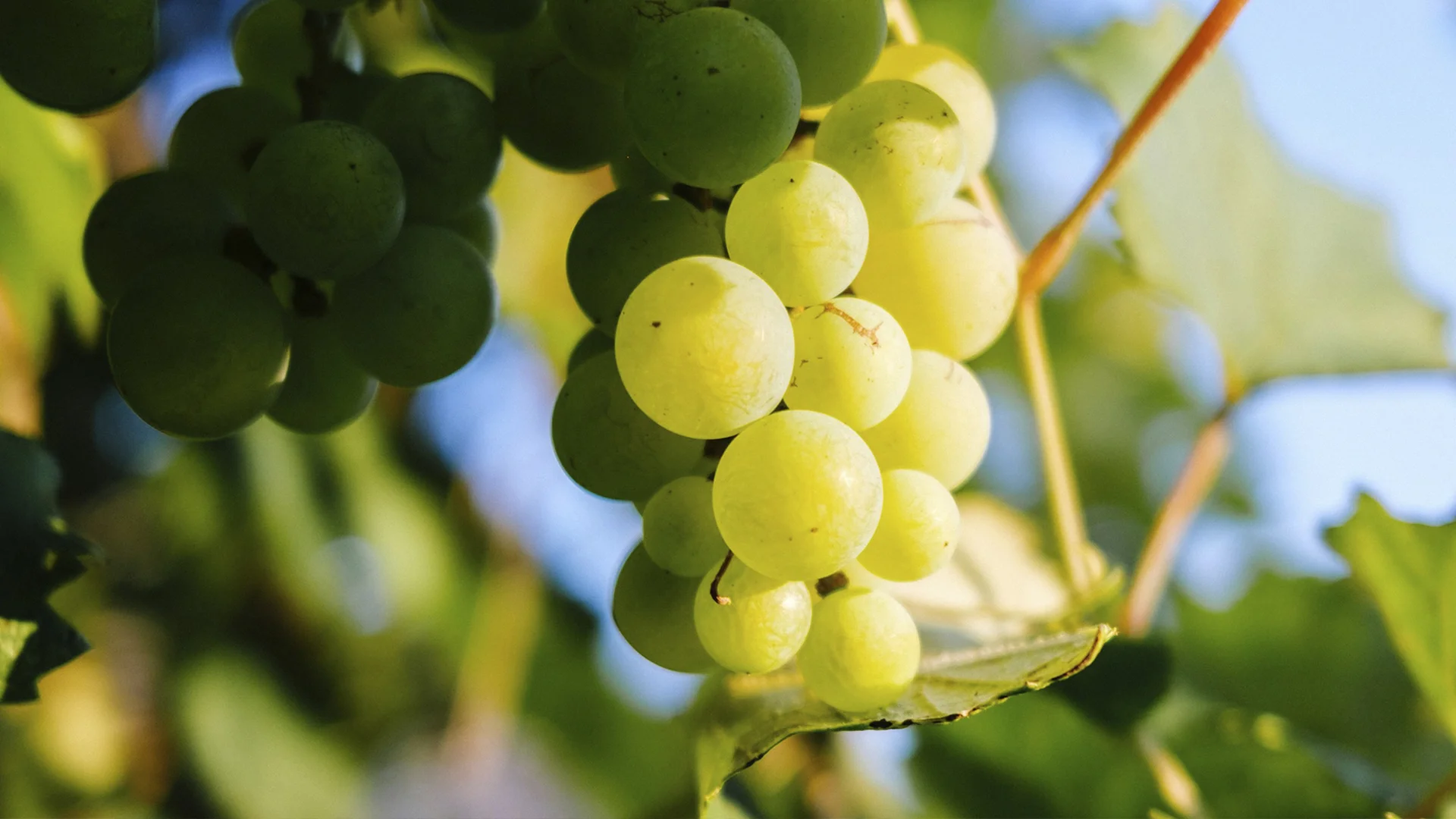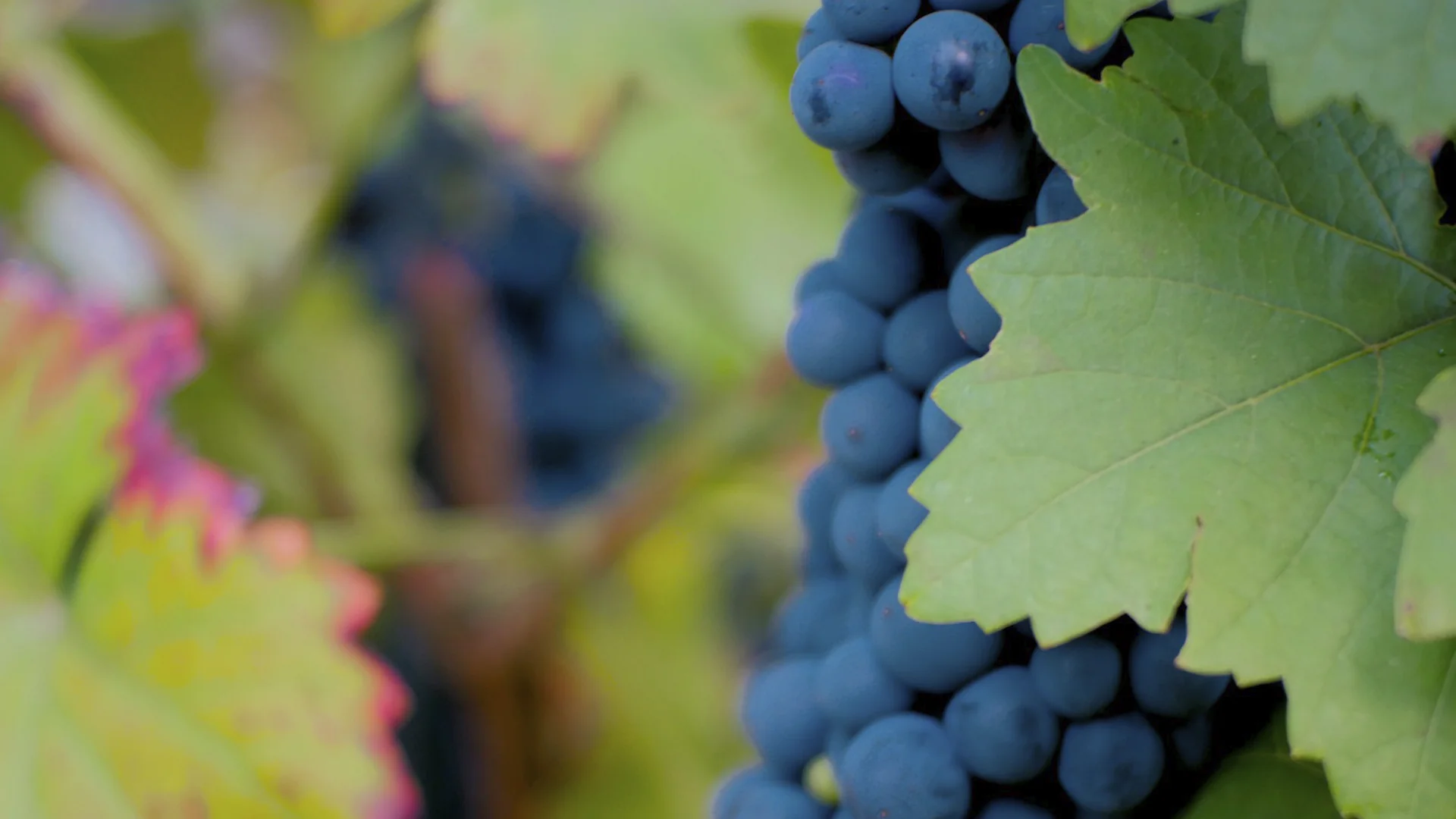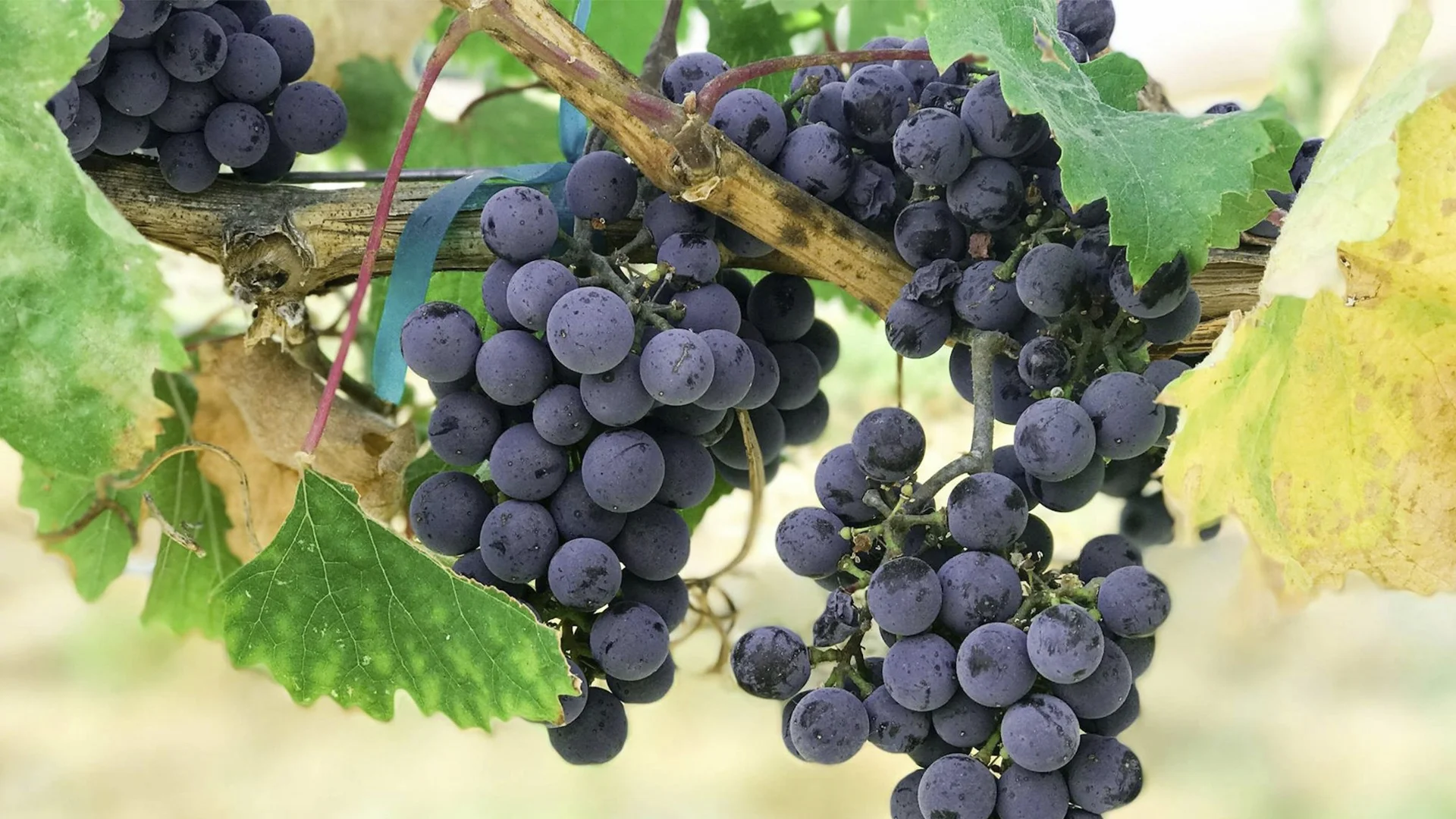
Dive into the world of the Semillon grape, a cornerstone in the realm of fine wines with a storied history and a bright future. In this journey, we'll touch upon the essentials: the essence of Semillon grapes, their intriguing history, the ideal growing conditions they crave, the regions they adorn, their interaction with terroir, and the exquisite wines they give life to.
This journey will illuminate Semillon's unique place in the wine universe, offering insights into its role and the reasons behind its cherished status among connoisseurs. Join us as we uncover the Semillon grape's multifaceted character and celebrate its contributions to the tapestry of global winemaking.
Semillon is a golden-skinned grape that has quietly woven its way through the wine world's tapestry, offering a diverse palette from dry to sweet wines. Native to the Bordeaux region of France, Semillon has found favourable soils and climates across the globe, adapting and showcasing unique expressions in regions like Australia's Hunter Valley and South Africa. Semillon's journey from Bordeaux to becoming a pivotal player in the production of some of the world's most celebrated sweet wines, like Sauternes, showcases its versatility and adaptability.
The grape itself is known for producing a varietal wine that can range in flavour from citrusy and refreshing to rich and honeyed, depending on where it's grown and how it's vinified. In its youth, Semillon exhibits flavours of lemon, lime, and green apple but, with age, evolves into complex profiles featuring nutty and honeyed notes, especially in bottle-aged examples from Australia's Hunter Valley. The variety thrives in various climates but has a particular affinity for the misty mornings and warm afternoons of Bordeaux and the subtropical climate of the Hunter Valley, where it achieves its most pronounced and celebrated expressions.
Semillon's story is one of diversity, adaptability, and distinction, from the misty vineyards of Bordeaux to the sunny expanse of Australia and beyond. It's a grape that invites exploration and offers a rich tapestry of flavours and styles to discover.
The history and evolution of the Semillon grape, primarily known for its pivotal role in producing some of the world's most renowned sweet wines, are as rich and complex as the wines' flavours. Originating from the Bordeaux region of France, Semillon has experienced both dominance and decline, adaptation and resurgence throughout its history.
In Bordeaux, the late 1800s and early 1900s marked a tumultuous period for Semillon due to the phylloxera epidemic, which devastated vineyards across Europe. The necessity to graft European vines onto American rootstock led to a drastic reduction in the diversity of grape varieties cultivated. Despite this, Semillon managed to maintain its status as Bordeaux's premier white grape. This resilience is attributed to the grape's vigour and the high quality of wines it can produce, especially from old vines that yield concentrated berries with finesse. The modernization of winemaking techniques, such as the introduction of stainless steel tanks and temperature control, revolutionized the production of Bordeaux Blanc, allowing the terroir and varietal character to shine through more clearly.
Semillon's journey didn't stop in France; it found a new lease of life in Australia by the early 19th century, particularly in the Hunter Valley, where it became known for producing distinctive, age-worthy wines. Australian winemakers pioneered unique styles of Semillon, showcasing the grape's versatility beyond its traditional sweet profile. Semillon also became a vital component of South Africa's viticultural heritage, once dominating the vineyards before being overtaken by Chenin Blanc. However, it continues to play a significant role in the Cape's white wine legacy, producing wines with finesse and a unique citrus perfume.
Although it is not the most widely planted grape on the white side, Semillon has shown a remarkable capacity for adaptation and transformation throughout the years. Its unstable genome has led to colour mutations, such as the pink-skinned Semillon Gris and red-skinned Semillon Rose. Despite fluctuations in popularity and the challenges of viticultural diseases, Semillon has endured, currently accounting for almost half of the white grape plantings in Bordeaux.
Semillon grapes thrive under specific viticultural conditions, reflecting the nuanced interplay between the environment and this versatile varietal's genetic makeup. Ideally, Semillon is cultivated in regions that offer a balance of warm days and cool nights, with specific soil types enhancing its unique flavour profile.

Semillon's adaptability to different terroirs is evidenced by its success in diverse regions worldwide, from its ancestral home in Bordeaux, France, to the New World vineyards of Australia and South Africa. Each region imparts its unique signature on the grape, influenced by local soil types, climate conditions, and viticultural practices.
The Semillon grape has won the hearts of vintners and wine enthusiasts worldwide. Its adaptability to different climates and soils, paired with the unique characteristics imparted by each region's terroir, has led Semillon to be cultivated in several key wine-producing areas worldwide.

Each of these regions brings out a different facet of Semillon, influenced by the local terroir—from the soil composition and climate to the traditional winemaking practices. This diversity is a testament to Semillon's versatility and its ability to reflect the essence of the place where it's grown, offering wine lovers a taste of the world through its many expressions.
Semillon has carved a niche for itself in the world of wine, offering an array of styles that captivate the palates of wine enthusiasts everywhere. From the sweet, botrytized wines of Bordeaux to the crisp, age-worthy offerings of the Hunter Valley, Semillon's versatility is unmatched. Here are some of the most famous Semillon wines, celebrated for their unique aroma and flavour profiles, as well as their significance in the wine world:
These wines exemplify the rich tapestry of flavours and styles that Semillon can achieve across different terroirs and winemaking techniques. Each bottle tells a story of its origins, offering a glimpse into the region's winemaking traditions and the grape's versatile nature. Whether through the luscious sweetness of Sauternes or the crisp, refreshing notes of a young Hunter Semillon, these wines highlight why Semillon remains a beloved varietal in the wine community.
Our exploration through the world of the Semillon grape reveals its significance in the realm of fine wines, showcasing its versatility, rich history, and the exquisite wines it produces. From its origins and unique characteristics to the ideal viticultural conditions it prefers and the diverse regions it calls home, Semillon demonstrates its adaptability and complexity. The journey through its history, from prominence to near obscurity and back to cherished status, highlights its resilience. The influence of terroir across various wine-producing regions underlines the grape's ability to reflect the essence of its environment, contributing to the wide array of styles Semillon embodies. Celebrated wines from regions like Bordeaux's Sauternes to Australia's Hunter Valley further illustrate the grape's exceptional range, which allows to craft from a sweet and luscious dessert wine style to a more crisp and refreshing style. As we conclude this guide, it's clear that Semillon holds a unique place in the wine universe, captivating connoisseurs and casual enthusiasts alike with its multifaceted character and enduring appeal.
Join us in toasting to Semillon—a grape that not only truly enriches the tapestry of global winemaking but also gives birth to varietals that compete in the big leagues with other sweet wines that have years in the market.





























































































.webp)

.webp)





Are you interested in
collaborating with us?